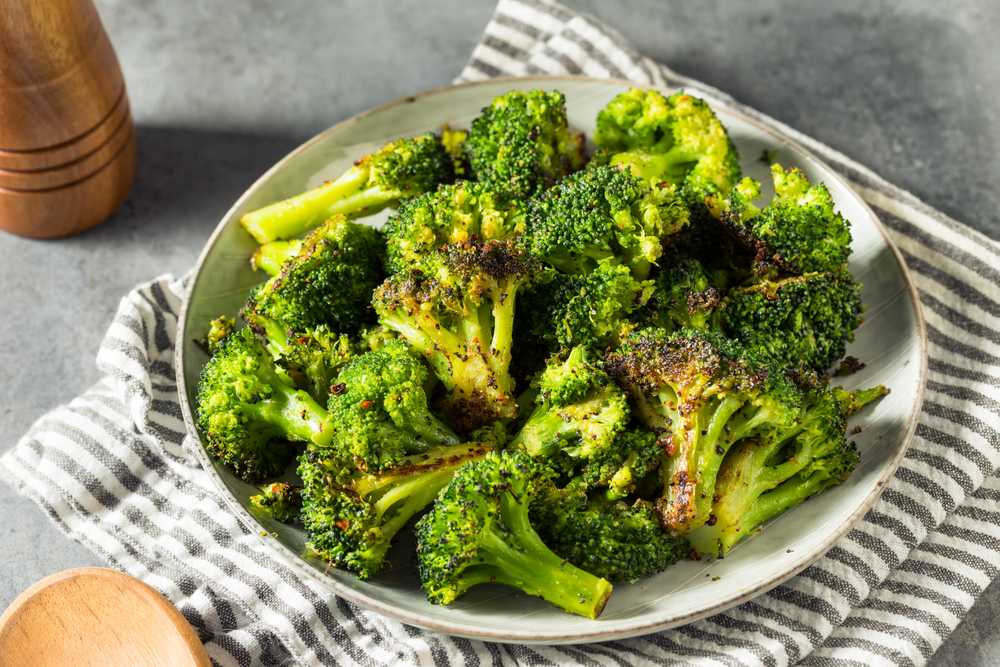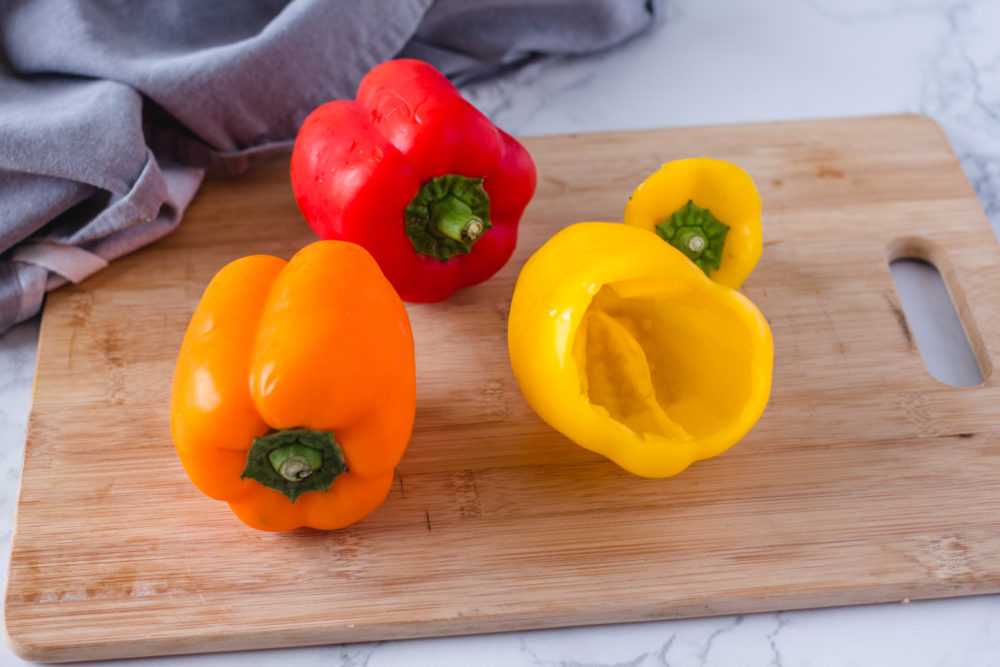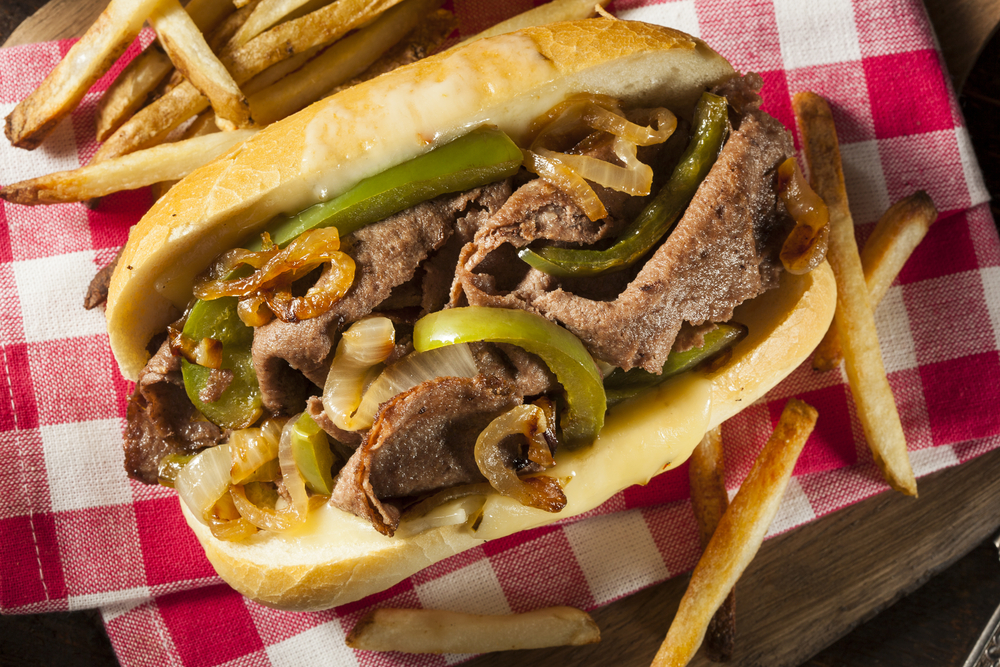Crafting the perfect stock is an art, and knowing what not to include is crucial. Some ingredients can ruin the balance of flavors or make the stock cloudy and unappealing. We've gathered a list of 10 foods to avoid when making stock. Keep these out of your pot to ensure a clear, flavorful base.
AUTHOR: Stephanie Allen
Table of Contents
- 1. Cruciferous Vegetables
- 2. The Three Ps
- 3. Strong Herbs and Spices
- 4. Citrus Fruits
- 5. Beef Liver
- 6. Seafood and Fish Scraps
- 7. Salt
- 8. Cilantro
- 9. Turnips and Radishes
- 10. Vegetable Scraps
- 12 Best American Foods According To People From Other Countries
- 12 Casserole Recipes You Don't Want To Miss
- 12 Dishes Straight From Grandma's Secret Recipe Book
1. Cruciferous Vegetables

Cruciferous vegetables include bok choy, broccoli, Brussels sprouts, cabbage, cauliflower, kale, mustard greens, and other leafy greens. Do not add these vegetables to stock because they contain dietary sulfur. They will not only overpower your broth and give it a bitter taste but also make it smell like sulfur, which means your kitchen will smell like sulfur.
2. The Three Ps

The three Ps to avoid adding when making a meat-based or vegetable-based stock are parsnips, peppers, and potatoes. Parsnips are a member of the cruciferous family and have a bitter sulfur flavor and scent that will make your stock inedible. Peppers, which are from the nightshade family, will make a stock bitter, especially if they’re left to cook too long. Potatoes usually give clear stock a cloudy appearance.
3. Strong Herbs and Spices

Unless you’re going for a particular flavoring, try not to add strong-smelling herbs and spices to your stock mix. They potentially overtake the smell and taste of the stock, which can render it hard to eat if it’s even edible. For example, star anise has a strong taste and smell of black licorice, and rosemary smells like camphor or eucalyptus.
4. Citrus Fruits

If you’re trying to add a touch of sweetness or food acid to enhance the flavor of your stock, please, please, please do not add citrus fruits, their juices, or their rinds. They will turn your stock into an unsalvagable bitter mix. Carrots, which have a slightly sweet taste, are a much better ingredient to use if you’re looking for a slightly sweet taste.
5. Beef Liver

It’s safe to say that beef liver is an acquired taste. Even under the best preparation, it still retains a somewhat bitter flavor. When adding beef liver to a meat-based stock, that bitterness increases exponentially and is not appetizing. To give the stock a hearty beef flavoring without the bitterness, use a different cut of beef and beef bones.
6. Seafood and Fish Scraps

When preparing a seafood stock with shrimp and prawns, avoid using the heads because they leave a terrible aftertaste if they simmer too long. It’s preferable to use the shells only. If you’re making fish stock, clean the fish thoroughly, removing all the scrap pieces you would typically remove when cooking fish. You can also make fish stock using the bones, but the bones of oily fish like trout and mackerel have too strong of a taste for use in stock.
7. Salt

Salt is needed when cooking most meals, but it’s unnecessary when making stock. Regardless of the type of stock – vegetable or beef – the flavoring comes from the added ingredients. Adding salt to stock, which is a concentrated liquid, will overwhelm all of the other flavors and have your stock taste like a salt lick, and no one wants to eat that.
8. Cilantro

Cilantro, also called coriander, is a polarizing plant because of its robust taste. People either love the taste of cilantro, which for some has a tart, lemony flavor, or they are turned off by it because it tastes like dish soap to them. Cilantro is versatile and has many uses in cooking and as a garnish, but its flavor is far too strong to use in stock.
9. Turnips and Radishes

Remember that stock is a concentrated liquid, so all of the flavors from the ingredients are strengthened in taste and smell. If you think the spicy, bitter taste of fresh turnips and radishes is robust, they are much more potent if used in stock. Unless you’re a fan of those veggies and are committed to the flavor, please don’t add them to your stocks.
10. Vegetable Scraps

There are two camps for adding vegetable scraps as stock ingredients. One side believes in using them for flavoring and to minimize the amount of food waste they generate. The other side feels that vegetable scraps are just that – scraps – and should either be disposed of in the trash or used for composting. How and if cooks choose to use vegetable scraps is a question of personal preference.
Source: Reddit.
12 Best American Foods According To People From Other Countries

These dishes are famous for being delicious and a big part of what makes American cooking great in the eyes of people from different countries.
Click Here For 12 Best American Foods According To People From Other Countries
12 Casserole Recipes You Don't Want To Miss

Check out these 12 easy casserole recipes. They're perfect for any dinner and will be a hit with everyone. Simple, tasty, and totally worth trying.
Click Here For 12 Casserole Recipes You Don't Want To Miss
12 Dishes Straight From Grandma's Secret Recipe Book

There's something magical about grandma's cooking, filled with love and secret touches.
Click Here For 12 Dishes Straight From Grandma's Secret Recipe Book
